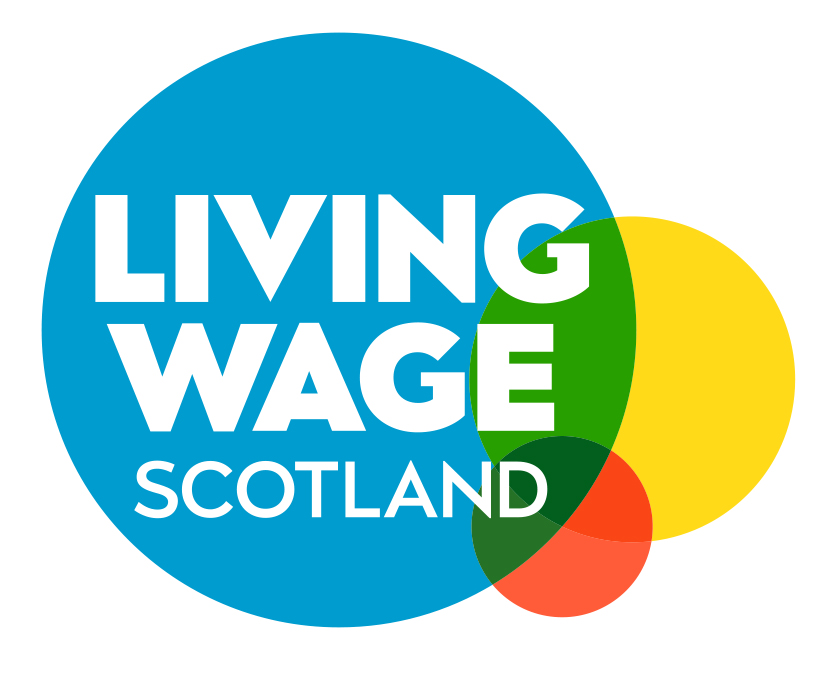We are excited to be working alongside Kate Wallace Lockhart who recently became Chair of our Living Wage Scotland Leadership Group. The Group is made up of employers and experts from across Scotland, whose role is to provide advice on the implementation and future development of our work.
When not munro bagging, Kate is responsible for the quantification of sustainability impacts in her role as Group Sustainability Economist at Living Wage and Living Hours accredited employer SSE. We caught up with Kate recently and asked her to share her experiences and thoughts about the real Living Wage.
What do you think are the most important priorities for the Living Wage campaign as we build back?
This has been such a difficult year for employers and workers across the country, and so retaining the existing network is a key priority. We were all worried this time last year that paying the real Living Wage could be seen as ‘nice to have’ and something employers might cut back on, but the continued commitment of Living Wage employers across all sectors has really been inspiring – it’s clear that the Living Wage isn’t just about pay, it’s about values too.
And of course we still need to grow the Living Wage movement. A harsh light has been shone on the issue of working conditions for those on lower pay during the pandemic so we should use the process of building back as an opportunity to do things differently.
What role do you see Living Wage playing in Scotland’s recovery?
Scotland’s recovery must be a green one, and we need to prioritise getting to net zero in a fair and just way. The investment needed to decarbonise the economy is remarkable and there is a responsibility to invest in a way that guarantees basic, decent standards for the workers that will deliver this transition.
Paying people a real Living Wage must be the foundation of our recovery. This is an opportunity to change the way of doing things; to think differently about what we value and how we value it.
Why do you think committing to the Living Hours initiative is important for SSE plc & the sector as a whole?
In the early days, when the Living Wage Foundation was developing what Living Hours would look like, someone described Living Hours as “the other side of the Living Wage coin”. You can’t actually earn a real Living Wage unless you also can work enough hours and know when you’ll be expected to work them. Now that seems obvious, but to be honest it was a bit of a lightbulb moment for me.
SSE has been a champion of the Living Wage since we were accredited in 2013, so it was the logical next step to address the other side of that coin. For a company like SSE, and many others in our sector, Living Hours makes an impact in our supply chain. The people we employ directly already benefit from fair employment practices but Living Hours provides a robust framework for us to influence the thousands of companies we work with every year.
What’s the best/most enjoyable thing about working for SSE?
I work with some incredible people and for a company which has meeting society’s biggest challenge, climate change, right at its centre.
Why do you think the real Living Wage is more important than ever?
The pandemic has taught us lots of different things, but certainly one that has stood out for a lot of people is the gap between the way key workers are treated and the invaluable way they keep us all safe and keep the economy going. So many of the workers who physically went into work each day – even during the toughest times in the pandemic – were those not earning a real Living Wage. That needs to change.
What’s been getting you through the pandemic?
Having routine and focus through my job has been a big help, and I’m really grateful that I’ve been able to work throughout this period. It can sometimes feel a bit like living at work rather than working from home though!
I’m also lucky to live in a place like Glasgow that has the great outdoors on its doorstep. My dad used to take me and my sisters hillwalking when we were wee, and I’ve loved getting back into it over the last year – as did half the country judging by the car parks!
What are you hoping for in the next year?
I think the last year has shown the limited merits of looking too far ahead(!) but if the vaccine roll-out continues at pace globally and we manage to secure an ambitious global climate agreement at COP26, then the future will look a lot brighter.
And I’m aiming to increase my tally of munros climbed to 100 by the end of the year – pandemic and weather permitting!

